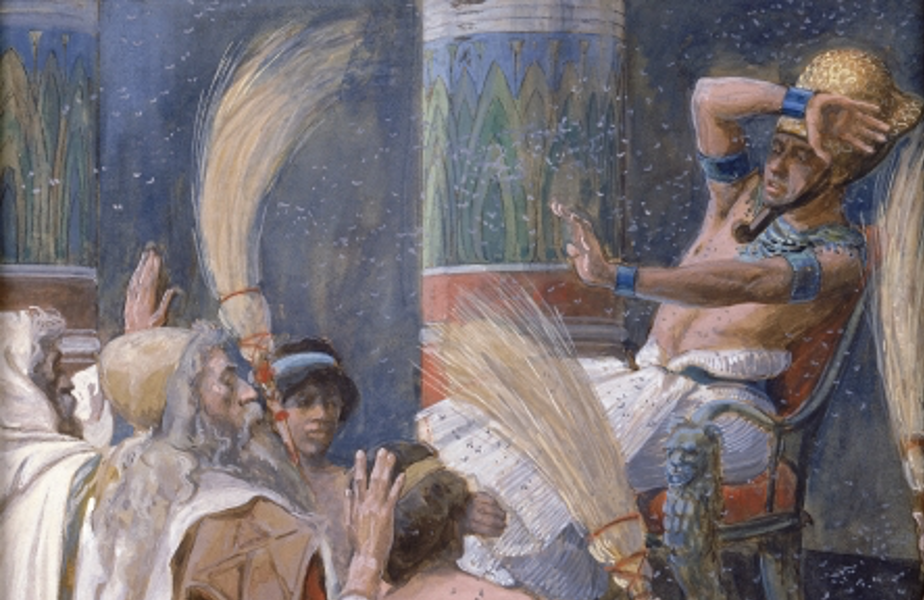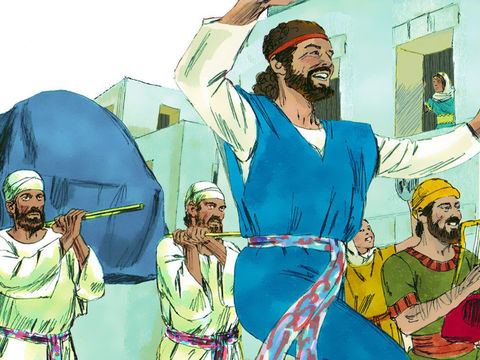Digging Deeper: The Prophetess Anna
Author: Mr. Kenneth Frank | Faculty, Living Education
Estimated Reading Time: 3 min.
Did you know that one of the people who welcomed Jesus and his adoptive father and mother in the temple on the day of Jesus’ presentation was an old prophetess who spent her time there in fastings and prayers?
Luke 2:36-38 informs us that her name was Anna and that her father was Phanuel of the tribe of Asher. The gift of prophecy was given at times to devout women as well as men. Several prophetesses are listed in both Testaments of our Bible such as Miriam, Deborah, Isaiah’s wife, Huldah, and the four virgin daughters of Philip. Some suggest her deceased husband may have been a prophet. Concerning her office as prophetess, Matthew Henry’s Commentary wrote, “Perhaps no more is meant than that she was one who had understanding in the scriptures above other women, and made it her business to instruct the younger women in the things of God.”
There is a difference of opinion about her age based on the text. Some claim she had been a widow for 84 years after a short marriage of seven years. This would make her well over 100 years old! Others suggest she was then 84 having been widowed many years after a brief marriage of only seven years. The statement that she departed not from the temple likely means either that she had been provided a living space in the temple complex or out-buildings or that she continually spent her time there in worship.
The name Anna in our Greek New Testament is a transliteration of the Hebrew name Channah, meaning “grace.” It is the same name as the Old Testament heroine, Hannah, the mother of Samuel. Being of the tribe of Asher would probably have made Anna a Galilean, as were 11 of Jesus’ 12 apostles. The tribe of Asher in the Old Testament was originally part of the House of Israel that was later carried into captivity hundreds of miles east and north by the mighty empire of Assyria. The bulk of the House of Israel never returned to the Promised Land. Nonetheless, small numbers found their way back to their ancestral home through the many centuries following captivity. The International Bible Encyclopedia article about Anna reports that “Tradition says that the tribe of Asher was noted for the beauty and talent of its women, who for these gifts, were qualified for royal and high-priestly marriage.”
The centuries since the captivities of the Houses of Israel and Judah made them long for the redemption and consolation of Israel through a coming Messiah prophesied by several of God’s spokesmen in the Hebrew Bible. This hope sustained Anna in her temple devotions for decades. She, and a just and devout man named Simeon (Luke 2:25-35), were delighted witnesses in the temple to Jesus’ birth. They were rewarded for their faithfulness by personally viewing the One who would provide spiritual deliverance to Israel and all humanity. Learning the news that the Messiah had arrived, Anna as a prophetess understood its significance and shared it with others who also looked for redemption in Jerusalem and Israel. Her brief account attests to the covenant loyalty of God’s devout people through the centuries. Their example should encourage us to trust Jesus’ promise to return!

Kenneth Frank was born and raised in New Jersey, USA, and attended Ambassador College, graduating in 1973. He served in the Canadian ministry from 1973-1999, after which he returned to the USA to pastor churches in Maryland, Virginia, and North Carolina for 15 years. Having earned a BA degree from Ambassador College he later earned a MA degree from Grand Canyon University before being assigned to the Charlotte office to teach at Living University, now Living Education. Currently, he teaches the Survey of the Bible course to the on-campus students and writes the Digging Deeper column for our online Bible study program. He is married, has four children, and seven grandchildren.













